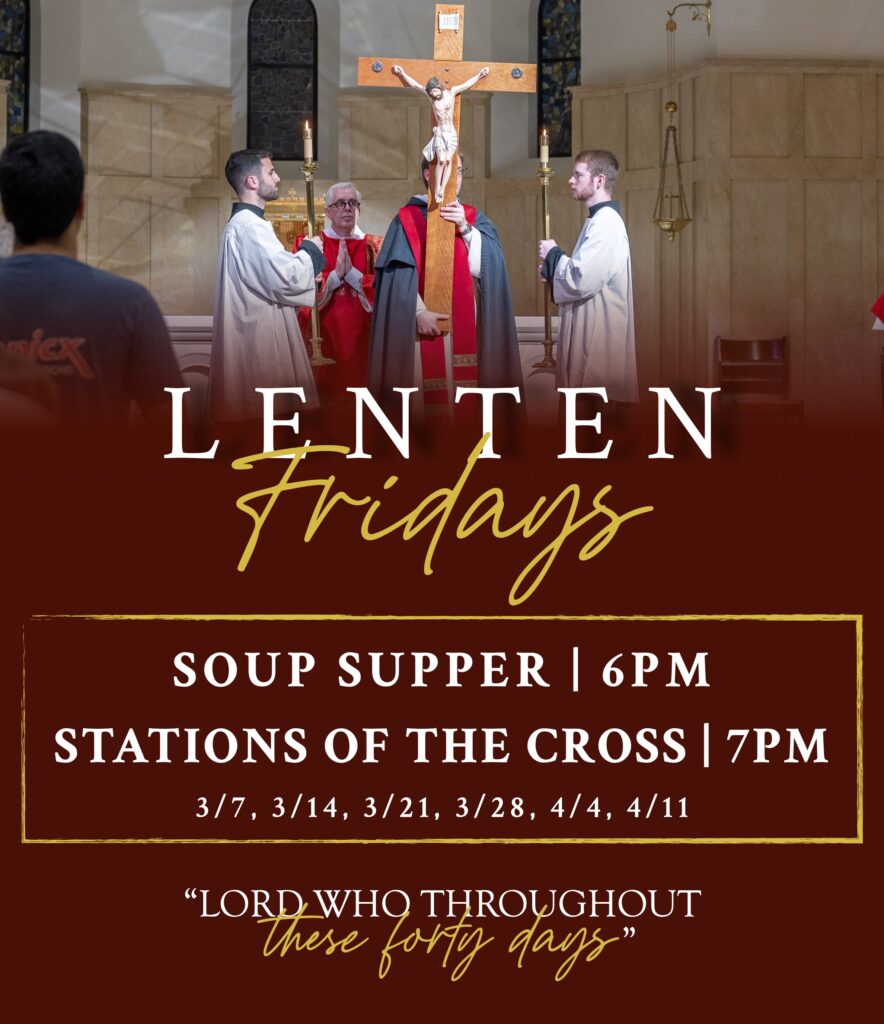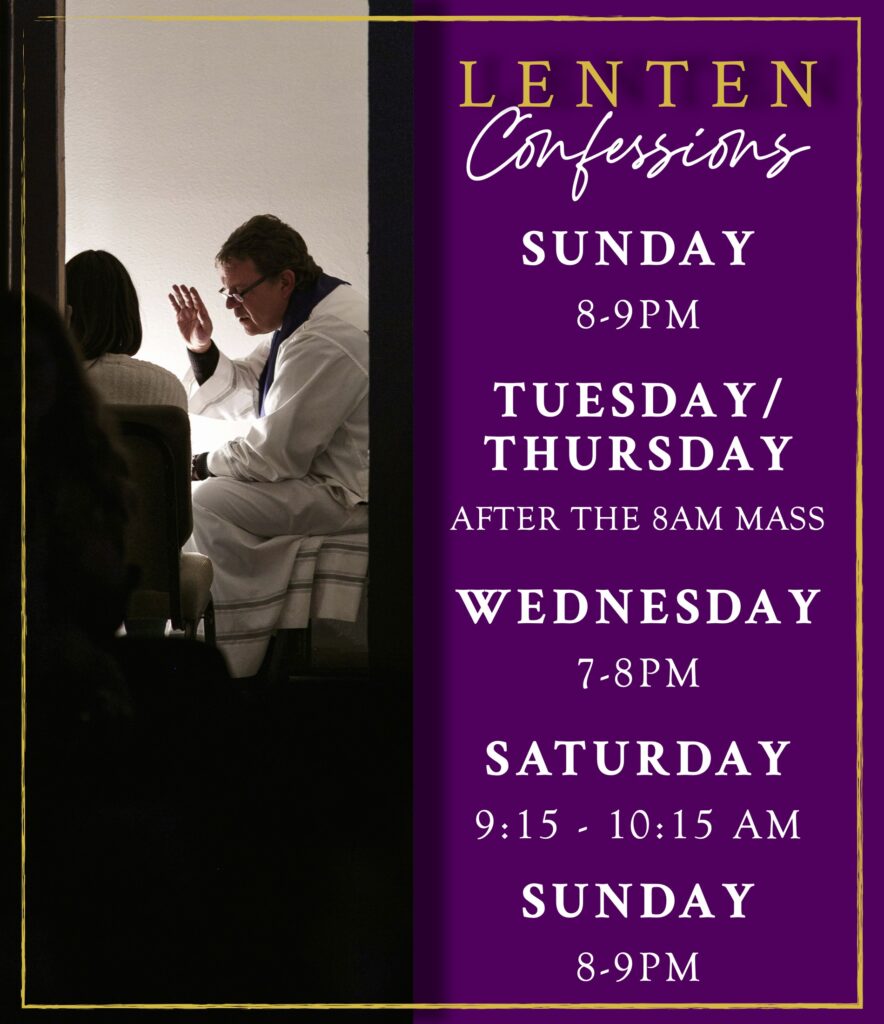Yourself
Your Cross
This Lent
with Catholic Hoos

ASH WEDNESDAY
Join us as we begin our Lenten Journey on Ash Wednesday! We will have multiple masses throughout the day, as well as added confession times and adoration times.
In addition to all the masses at STA, we will have masses at the UVA Chapel at 12:25 PM!
PRAYER


GOING BEYOND SUNDAY MASS
Use this lent to go beyond Sunday mass. Try some of the following challenges to bring you closer to Christ and to create strong roots of faith within your soul!
Daily Mass: Try going to one or two masses during the week! We offer many mass times at both STA and the UVA Chapel. Click here for the mass schedule.
Confession & Adoration: There are plenty of confession times at STA and they have added some for Lent! Seek the Lord and His mercy! In addition click here for our adoration schedule!
Bible Studies: Join a Bible Study this lent! Click here to join!
ALMSGIVING

SERVICE
One way for a college student to participate in almsgiving is through acts of service! We have various service ministries at Catholic Hoos, providing students many opportunities to truly go deeper this Lent in their almsgiving. Visit our service page to learn more about each one and how to get involved!



